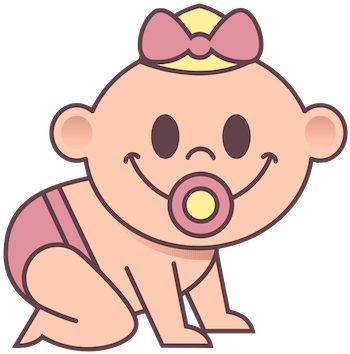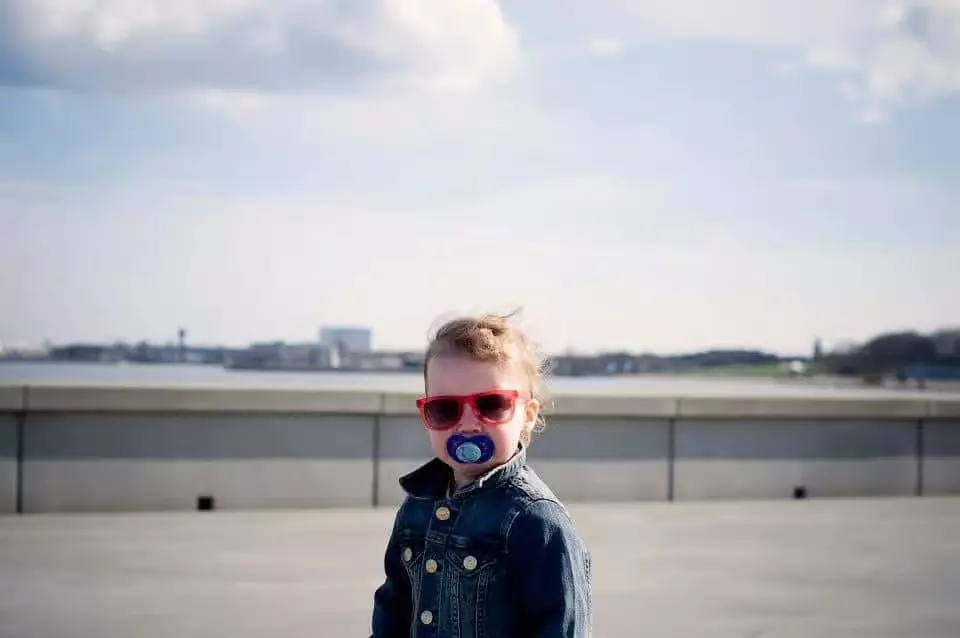As new parents venture into the world of childcare, they often find themselves submerged in a sea of conflicting advice about the use of pacifiers. The problem stems from the fact that pacifier weaning is less about a one-size-fits-all approach and more about understanding individual child temperaments and developmental stages. The general wisdom dictates weaning by the time a child reaches 12 months. However, many parents face the dilemma of whether to trust their child’s innate ability to relinquish the pacifier on their own. From my perspective, it is essential to consider the context of pacifiers in a child’s life—while they offer instantaneous comfort, they can also foster dependency if used excessively.
Benefits of Pacifier Use: When They Serve a Purpose
One undeniable feature of pacifiers is the security they instill in infants. Babies have an innate instinct to suck, which provides not only comfort but also developmental benefits. Studies suggest that pacifiers help reduce the risk of Sudden Infant Death Syndrome (SIDS), especially during sleep onset. In clinical settings, pacifiers have been shown to alleviate pain during minor medical procedures for infants, acting as a distraction and comfort source. Furthermore, research indicates that for preterm infants, engaging in non-nutritive sucking can lead to enhanced feeding results and shorter hospital stays. Thus, advocating outright bans on pacifiers without careful thought overlooks their multifaceted role in a child’s early development.
The Risks Involved: A Balanced Perspective
Yet, just as there are benefits, there are also significant considerations regarding the prolonged use of pacifiers that cannot be ignored. The American Academy of Family Physicians has pointed out that excessive reliance on pacifiers can negatively impact breastfeeding habits, particularly if introduced too early. Beyond breastfeeding concerns, continued pacifier use past age two has been linked to potential dental issues, with studies indicating a correlation between prolonged sucking habits and malocclusion. Additional insights reveal that pacifiers can become breeding grounds for harmful bacteria, raising further alarms for conscientious parents.
Equally alarming is the relationship between frequent pacifier use and an increased incidence of ear infections. Parents whose children battle recurrent ear infections may find themselves in a conundrum—balancing the comfort that pacifiers provide against the potential health risks associated with their continued use.
Choosing the Right Time: Weaning Strategies
With all of these variables, the question shifts from “when” to “how” to wean children off pacifiers. It seems best suited to approach this as an individual journey, where parents can evaluate their child’s comfort and reliance on pacifiers. Many children naturally shed the habit between ages three and four, a philosophy I personally advocate. Trusting their internal cues respects both the child’s needs and the parent’s instincts. In my observation, this patient approach fosters positive psychological growth as children navigate emotional transitions.
Some parents choose creative solutions—such as introducing a “Binky Fairy” concept—where pacifiers are collected and traded for small gifts. This enchanting narrative can transform a daunting end into a delightful experience, fostering excitement rather than resistance. Nonetheless, I acknowledge that not every technique will resonate with all families. It’s imperative to align methods that reflect personal values and comfort levels.
Gradual Weaning: Small Steps Matter
For parents who wish to ease the transition, a gradual weaning strategy may be more effective. Begin by limiting pacifier use to bedtime or naps. In time, that can be further narrowed down to bedtime use only. This thoughtful, staged approach allows both the parent and child to adjust slowly, reducing the stress often associated with sudden changes. Patience and empathy are vital here; being emotionally available for your child during their emotional outbursts can smoothen a challenging process significantly.
While the option of going “cold turkey” exists, it’s essential to assess your comfort level with this approach. Rushing through this important step in your child’s development can result in anxiety and miscommunication. Taking the time to ensure a gentle transition will benefit both your mental health and your child’s emotional well-being.
Trust Your Instincts: Embrace Parental Autonomy
Ultimately, the choice of when and how to wean your child from a pacifier is deeply personal. Following your instincts and values can lead to the most satisfactory resolution for you and your child. By making decisions rooted in kindness, patience, and an understanding of your child’s unique journey, you support their emotional growth in a transformative way. Relax and trust yourself; the pacifier dilemma should not overshadow the beautiful complexities of parenting.

